Two of the four British minehunters based in the Middle East – HMS Brocklesby and Ledbury – were involved in the exercise, plus a battle staff, specialist dive team and support ship RFA Cardigan Bay.
According to the Royal Navy, more than 5,000 personnel, 30 ships and more than 50 nations were committed to the fortnight-long IMX 19 (International Maritime Exercise) workout, spread across a vast area from the Red Sea to the Indian Ocean and Gulf.
“Two of the four British minehunters based in the Middle East – HMS Brocklesby and Ledbury – are involved in the exercise, plus a battle staff, specialist dive team and support ship RFA Cardigan Bay. The latter normally acts as a mother ship to the Royal Navy’s minehunters, providing them with fuel, food and ammo to sustain operations for extended periods.
Instead, for the duration of the exercise – the third such international meeting of minds on mines – she has become the ‘United Nations of Divers’ with teams from ten different nations embarked, including the UK’s Fleet Diving Unit 3, their focus on the ‘underwater battle’ in finding, identifying and neutralising any mines found beneath the surface of the Gulf. In the case of FDU3 – normally based at Horsea Island in Portsmouth, but with a permanent three-strong team supporting Royal Navy operations in the Gulf – they also ‘exploit’ mines, safely recovering the devices for investigation to help colleagues cope should they encounter them in the future.”
The first week of IMX 19 is understood to be largely devoted to getting the many different participants to work together seamlessly, stepping up a gear next week, using a fictional scenario to help focus the collective response to mine threats in the region.


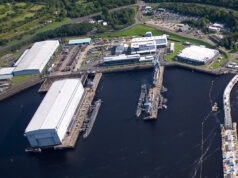


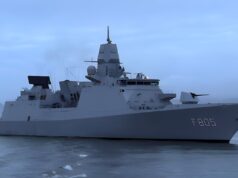
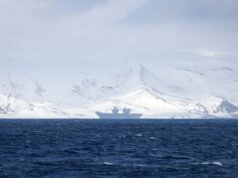
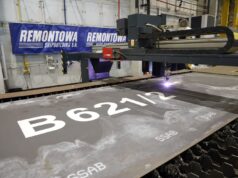
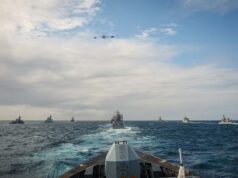


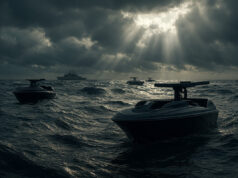

A minesweeper is definitely a warship, what do you think its there for? Mine WARfare. But if you want to be pedantic, those ships are not minesweepers, 2 of them are mine countermeasures vessels and the other one is a Sandown class mine hunter HMS Shoreham, all have the ability to defend themselves, which makes them combatant ships aka warships.
Fair point. Probably down to us having so few true warships after decades of cuts to beyond minimum necessary levels. Making a noise about any RN activity can give the false impression we have more & are more capable than the treasury allows.
WW1/2 era minesweepers were escort vessels, just, in their own right, but todays MCMs are a far cry from that with no surface, anti-air or submarine weaponry, except for against close range small boats. They do a vital job but are useless in combat.
I would suggest that a vessel and crew that puts itself in danger on a daily basis, is more than worthy of the title Warship.
Andy….you know the Archers have a useful role training with the URNUs.
If it were ever necessary of course stick a GPMG on them for patrol duties.
Absolutely. It’s hard to see how any enemy could wish for a more dysfuntional management of the combat fleet over the last 2o+years, apart from the carriers.
Although not a minehunter, this read about an OPV might be worth a read:
https://thinpinstripedline.blogspot.com/2019/06/the-work-of-real-warship-hms-forth.html?view=classic
Interesting Read, I disagree with the point about HMS forth being a proper warship, just because it’s the size or bigger than days gone bye frigates doesn’t mean jack! It’s about how HMS Forth is armed not so much the size.
She’s armed with a 30mm cannon, and two miniguns. Additional kit would just increase running and maintenance costs, and would arguably be excessive for the role of a UK OPV—as far as I’m aware froggie trawlers aren’t fitted with anti-ship missiles yet, perhaps Brexit will change this though.
I would imagine the costs of operating/maintaining OPVs in a role they’re designed for, such as fisheries protection, would be significantly lower than those of a warship more capable at high-end warfighting.